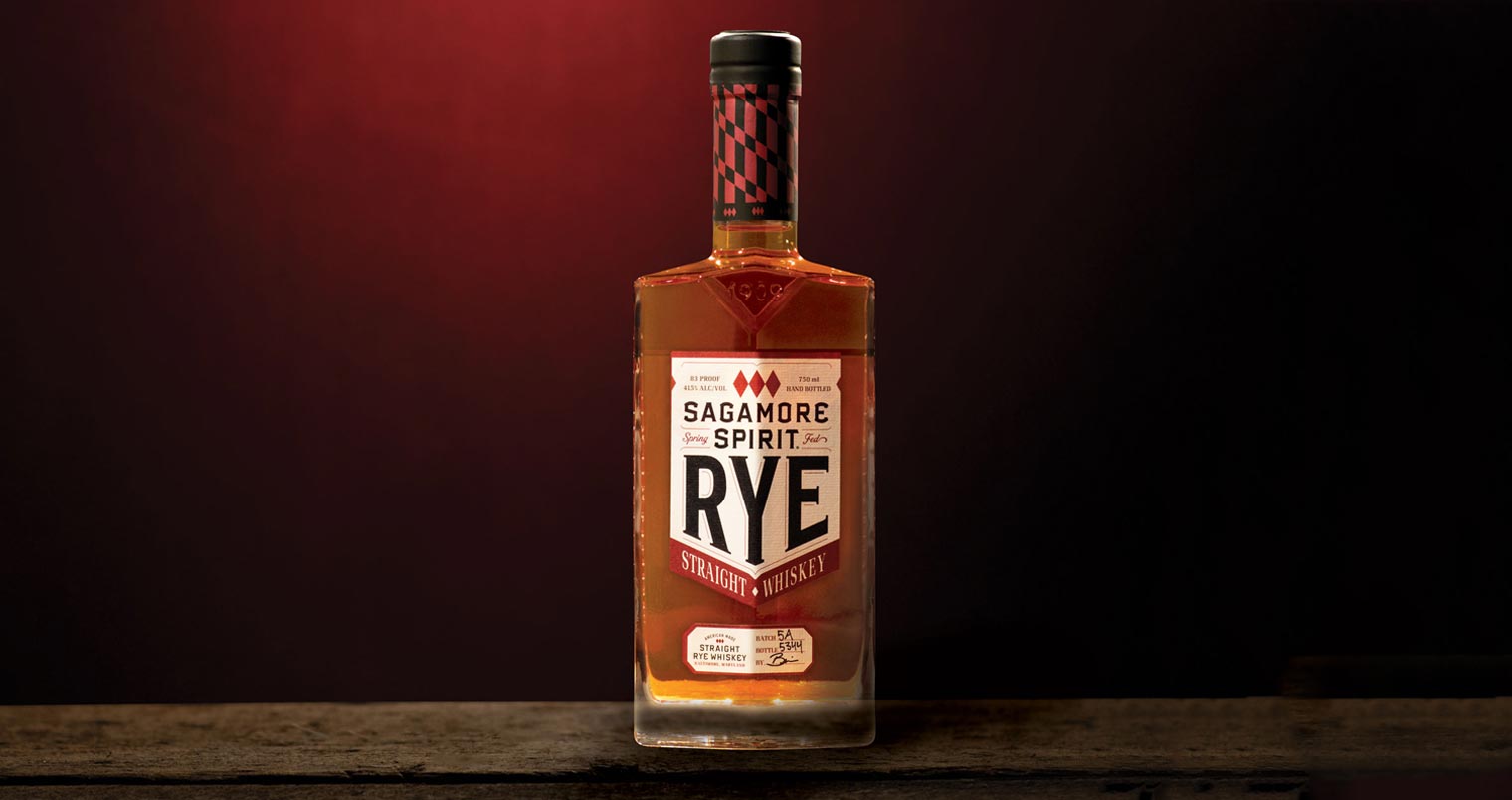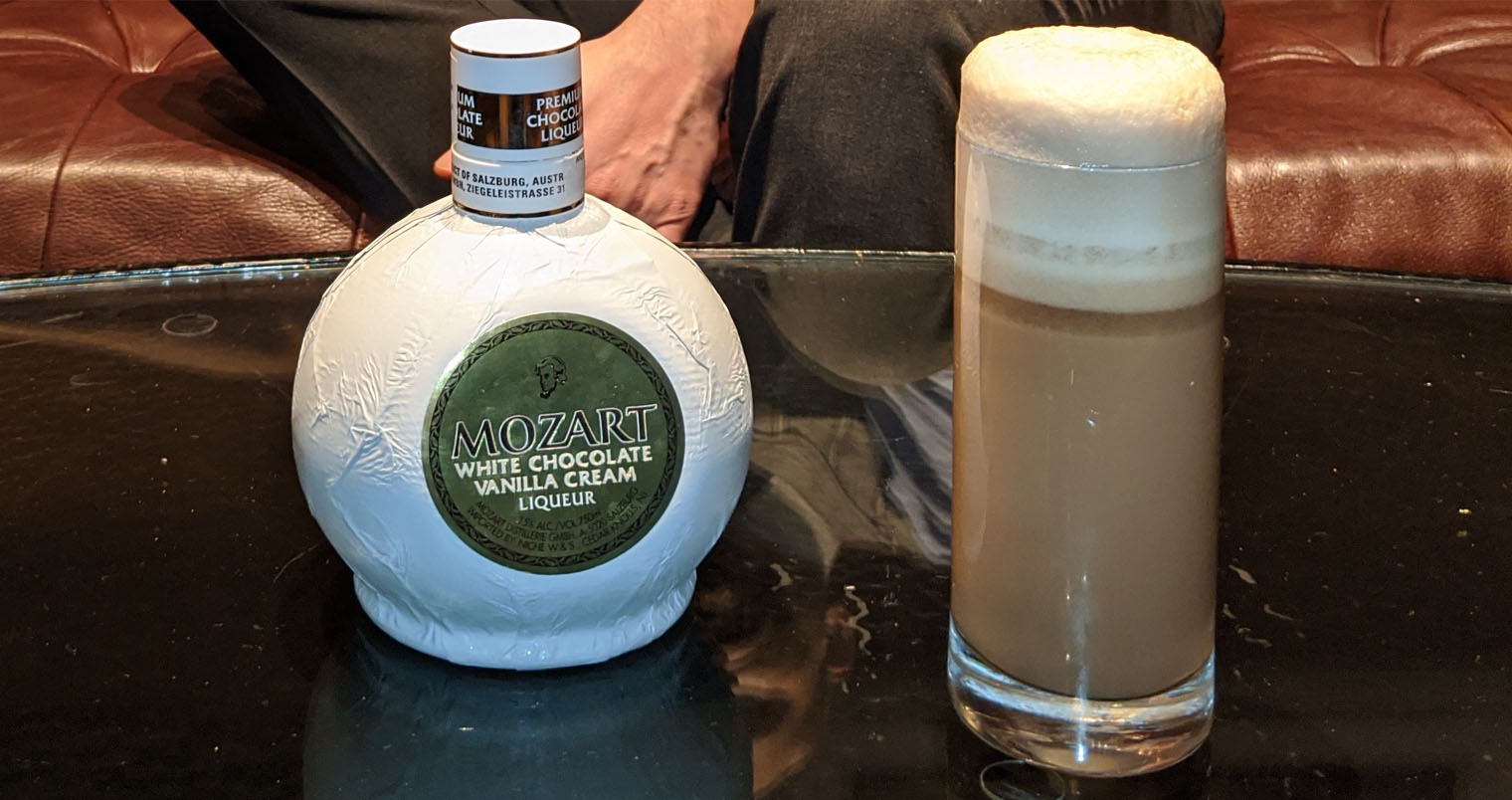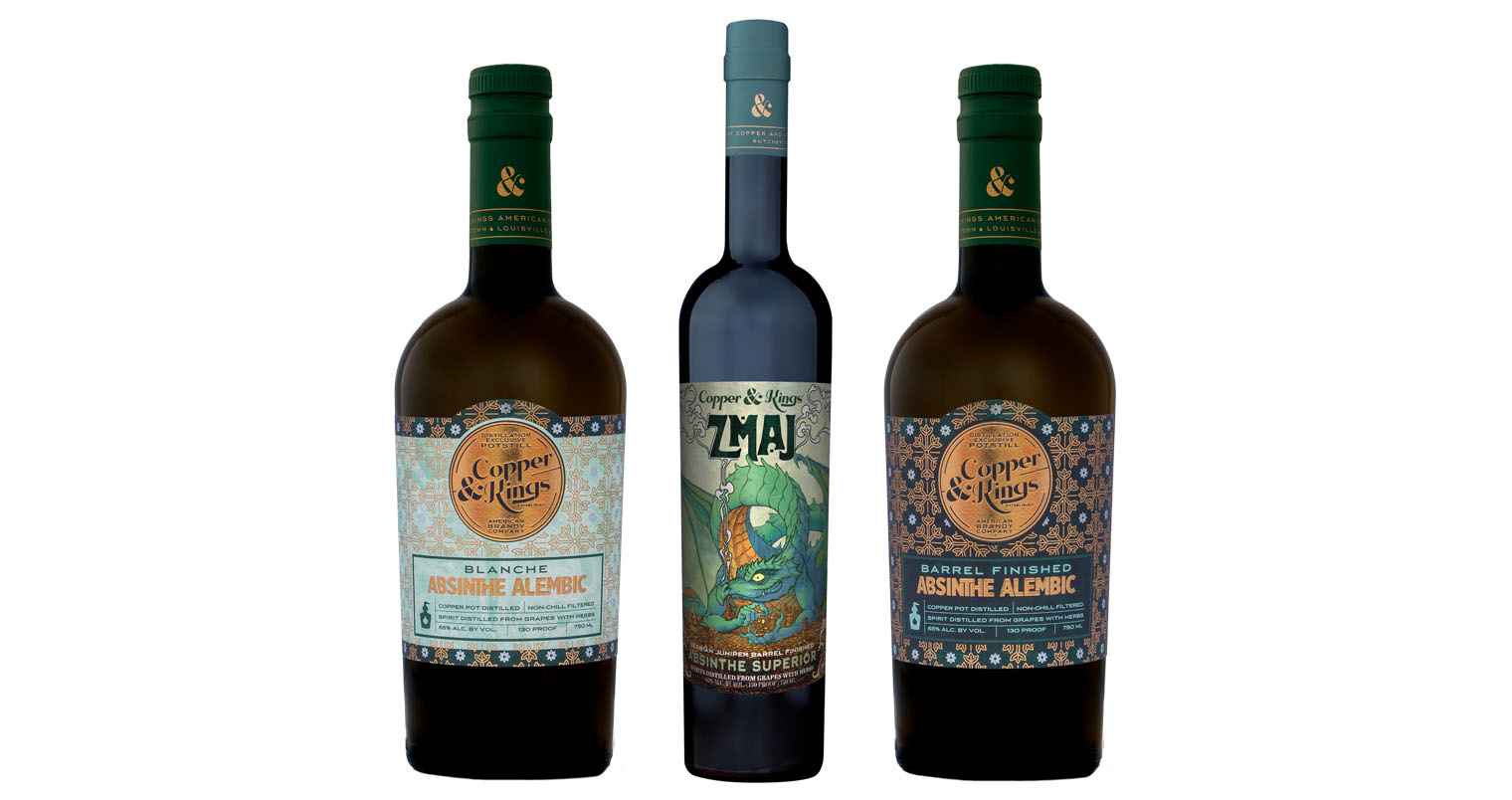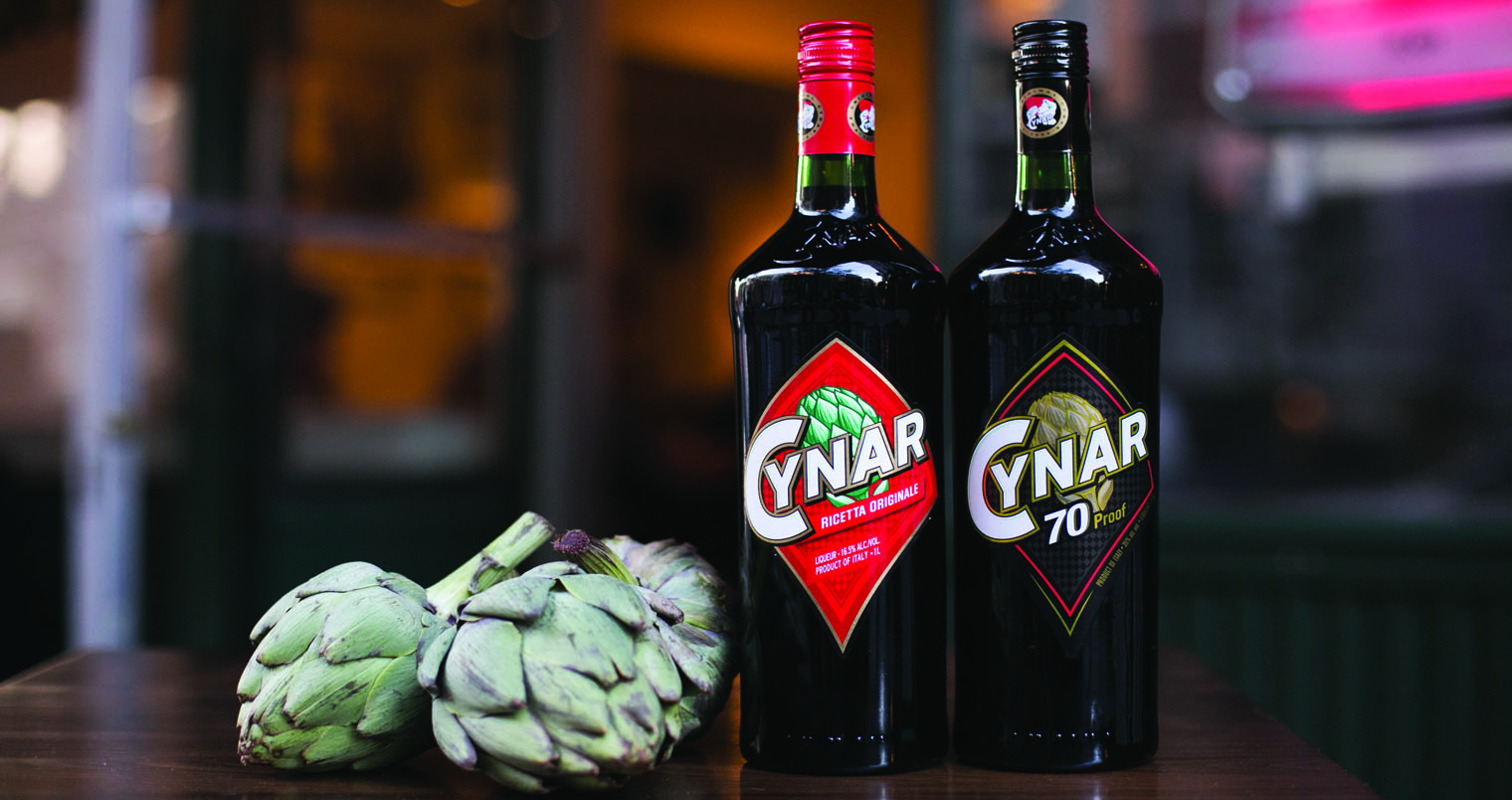

It is believed that Dr. Sylvius de Bouve in Leiden, Holland, invented gin in the 16th century. In its early days, it was prescribed as a medical treatment (as many spirits were) to aid circulation.
Gin gradually made its way to the U.K., where it became heavily consumed due to its affordability.

Fifty Pounds Gin & Tonic with Oranges
In 1857 the British Crown took over the governance of India, which resulted in British citizens migrating to the area and other warm-weather climates. Upon arrival, early immigrants were plagued with malaria in the tropical climate, along with scurvy from travels at sea, which they fought and prevented with the Gin and Tonic. Back in the 19th century, tonic water was infused heavily with quinine, an extract from the South American cinchona tree – also referred to as the Fever-Tree (per the popular craft mixer and tonic brand) because its bark was able to stop chills. Cinchona bark was already popular in Europe, though, as they had learned about its ability to cure and prevent malaria as early as 1640.

Nolet’s Gin & Tonic
Because of this, tonic water became an essential part of Britain’s colonialism, though its taste in those days was bitter and harsh. Eventually, tonic water was mixed with gin, sugar, ice, and citrus to balance the bitterness and make the mixture more palatable. Limes were also occasionally included as they prevented the scurvy. Et voilà, the Gin and Tonic was born.
Today, the Gin and Tonic takes many different versions. In Spain, for example, you will find Gin and Tonics served in bulbous goblets with a thoughtful arrangement of garnishes to complement the botanicals of the gin being used. They also have a variety of craft tonic waters to choose from, which gives guests endless possibilities for refreshing concoctions of Gin and Tonic.
Ten years ago, before craft mixers took the world by storm, bartenders would make cinchona bark-based syrup and mix it with soda water to make house tonic water. While some still take a stab at this method, it can never really replace the beauty and quaffability of modern mixers.
The four components to focus on for this cocktail are
Gin – This can range from London Dry to something with exotic botanicals, the higher the quality of gin, the better the cocktail.
Ice – A large spear or Kold Draft cubes work best.
Garnish – It is always best to pair garnishes with the botanicals found in the gin. Anything goes, but less is more.
Glassware – A Collins glass or a Bordeaux red wine glass will do, depending on preference.
When done correctly, the Gin and Tonic should be a revitalizing, effervescent mixture of these simple ingredients that lift you up and quenches your thirst.

Signature Gin & Tonic Served at Castell Rooftop Lounge
The Gin & Tonic
Ingredients:
- 2 oz. gin
- 4 oz. Fever-Tree Premium Indian tonic water
- Lime wedge (for garnish)
Preparation: Add gin to a chilled Highball glass, then add ice. Lightly stir to chill; then add more ice. Top with tonic water and use a bar spoon to lightly agitate the mixture by pushing it to the bottom of the glass, evenly distributing the gin and tonic. Garnish with a lime wedge and serve.
The post How to Make the Perfect Gin and Tonic appeared first on Chilled Magazine.
Source: Mixology News

































Recent Comments